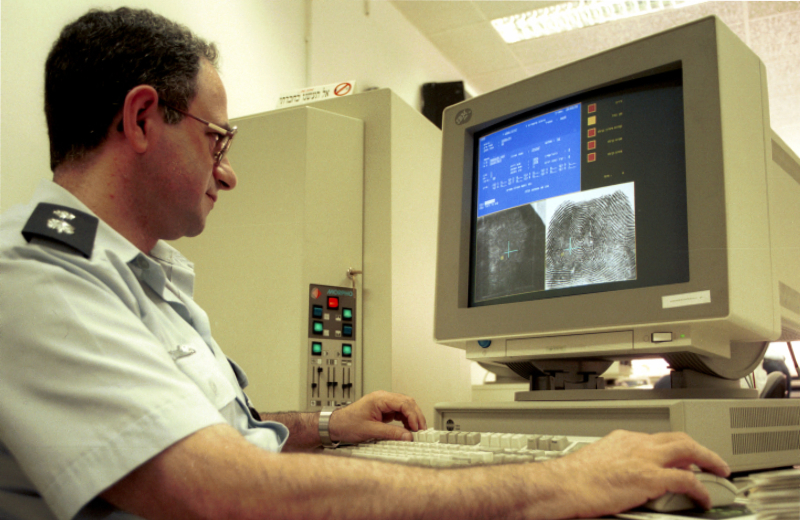
The most recent South African crime statistics make for grim reading with double-digit growth reported across all assault categories. A budget cut of almost R12-billion ($759-million) for the 2021/2022 fiscal year has done little to assuage public concern around the effectiveness of policing in the country.
And yet, by refocusing efforts on improving the analysis of the data at its disposal, the police force can implement more targeted interventions that can result in a safer environment for all. The key to achieving this lies in data visualisation.
Just as with any organisation, the police force must be able to make sense of the overwhelming amount of unstructured data available to it. Examples include photos and videos from CCTV footage, phone records, social media conversations, and the list goes on. Integrating these data ingestion points to achieve valuable insights is not easy. Adding further complexity to the process is how difficult it is to manage the sheer volume of data across the value chain of analysts, command staff, and enforcement members.
Fortunately, data integration tools have become a vital asset in this regard. Aggregating all the relevant information and drawing insights from it using a centralised platform is essential to combat everything from organised crime to smash-and-grabs. But these end up forming multiple pieces of an ever-growing puzzle. Putting everything together is data visualisation that can provide the police force with a clearer picture of where to focus efforts and avoid wasting time going through the information that might not be relevant.
Focused attack
Even before dealing with the on-the-ground responsibilities of fighting crime, data visualisation is critical to gaining sight of how best to allocate the limited resources available to the police force. This is especially important when taking the last financial year’s budget cuts into consideration.
These resources can extend to personnel, tools, and equipment. It can even encompass the systems necessary to uphold public safety. Inefficient use of these resources negatively impacts fighting crime and creates a poor impression in the public space when reported on by the media.
Using a data visualisation platform enables the police force and other related agencies to quickly identify areas that require immediate and long-term attention.
Seeing and understanding the patterns within the collected data can be significantly enhanced through artificial intelligence and machine learning algorithms. These can be used to build predictive models that can help anticipate where there are likely to increase in incidents and traffic accidents, as well as highlight the vulnerable communities where more resources must be allocated to. Additionally, this brings with it the opportunity to become proactive in fighting crime.
Service-driven
Beyond these interventions, using a data visualisation environment provides the police force with an added impetus to improve community relations and enhance service delivery. Even though data is made publicly available, it is about representing it using visualisation techniques that can bring attention to emerging security concerns or even promote community engagement.
Ultimately, data visualisation can significantly enhance the connection between law enforcement agencies, the communities they protect, and other stakeholders. It can help create a sense of trust and cooperation which will be key to solving cases, reducing crime, and providing peace of mind to the ordinary men and women of South Africa.
By Zoe Meyer, Software Engineer at TechSoft International
Edited by Zintle Nkohla
Follow Zintle Nkohla on Twitter
Follow IT News Africa on Twitter